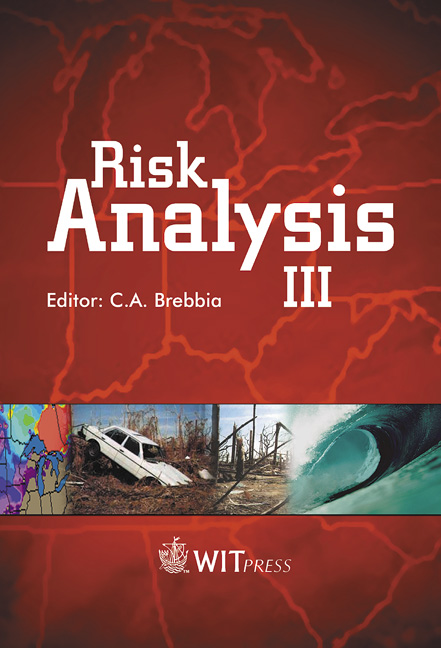A Decisional Model For Dynamic Allocation Of Resources In Natural Disasters Management
Price
Free (open access)
Transaction
Volume
31
Pages
Published
2002
Size
496 kb
Paper DOI
10.2495/RISK020241
Copyright
WIT Press
Author(s)
L. Balbis, F. Gaetani, R. Miniciardi, G. Portella, R. Sacile & E. Trasforini
Abstract
When a natural disaster occurs, a generally scarce number of resources (usually of different kinds) has to be managed in a catastrophically scenario characterised by uncertainty and heterogeneity of available information. In such cases, one of the main priorities is the optimal assignment of emergency resources, in order to maximize the efficiency of their intervention in relation to the effects of the catastrophic event on the territory and on the population. The purpose of this paper is that of introducing a new approach by which the territory is represented as a directed graph, in which nodes represent the entities (i.e., the physical components of the territory) that are important for social, functional, historical, or economical reasons. Instead, links represent the functional influences between the different entities. Then, the overall effect of a catastrophic event on the territory is considered taking into account the functional relationship between the entities, the event dynamic, and the action of the emergency resources. A centralized decisional model is considered, in which a single decisional centre is assumed to be able to manage several kinds of emergency resources. Then, a dynamic resource management problem is formalised, whose objective is that of minimizing the effects of a natural disaster on a territory. 1 Introduction The constant increase of urban sprawl, and the subsequent spread over the territory of inhabited zones and infrastructures, expose a great number of citizens to natural hazards, also defining new types of emergency threats. Earthquakes, landslides, floods and wildfires could modify the territorial system for a short period of time or permanently. These phenomena are characterized by
Keywords





